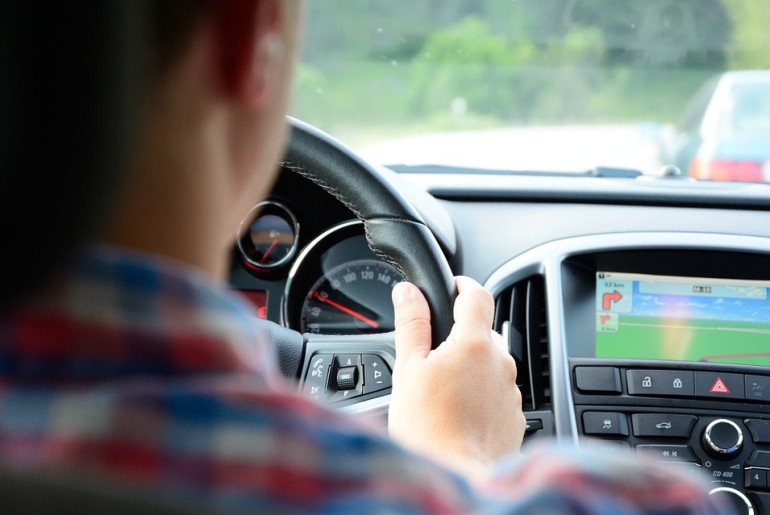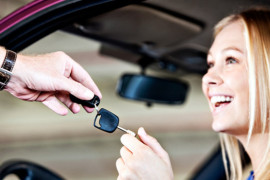The Provisional Licence
In order for a learner driver to legally drive on UK roads, he or she must be in possession of a valid provisional licence. You can apply for your provisional licence from the age of 15 year, but the legal age at which you are permitted to drive a vehicle is 17. As the holder of a provisional licence, you can drive on any UK road, provided you are supervised by a suitable person (typically a qualified driver over the age of 25 who has been driving for 5 years or more) and avoid motorways.
‘L’ plates
As a learner driver, you are legally required to display L plates on the front and back of your vehicle. Not displaying L plates is punishable by up to 6 points on your provisional licence; these points will be carried over on to your full license when you pass. After you pass your test, there is no requirement for you to display L plates on your vehicle, but you can display a green pass (P plate) plate to show other road users that you have recently passed your test and may not be as confident as other drivers.
Car suitability, motor insurance and vehicle tax
Even as a provisional driver, you have a legal responsibility to ensure that the road you are driving is roadworthy, taxed and insured. If you are learning in another person’s car (such as a driver instructor’s), you will need to ensure that you are covered by their insurance policy. If you have already purchased a car of your own, you are allowed to drive it on the road, providing you have adequate insurance and the vehicle is taxed. Most insurance companies will require to specify the individual who will be supervising you during your practice sessions, and they will usually need to be over 25 years old. It is very important that you understand the terms and conditions of any insurance policy you take out; not complying with your policy’s terms and conditions will invalidate your insurance and make you liable for prosecution – including a potential life-time insurance ban.
Rules of the road
The Highway Code is the learner driver’s Bible. You can buy yourself a copy of the Highway Code from most bookshops, or visit the government website to read it online. The Highway Code is relevant to all road users, including pedestrians and cyclists, and covers every aspect of using the roads, from general every-day road use, to using motorways and driving in bad weather conditions.
Road Traffic Signs
Road signs are positioned on nearly every road in the UK, and can be surprisingly difficult to interpret. Road traffic signs help to prevent traffic accidents by directing drivers, specifying speed limits, and warning road users of potential dangers (such as humps in the road, soft verges, and nearby water routes).Familiarising yourself with road traffic signs and what they mean before you start driving will give you a head-start when it comes to working out the rules of the road as a learner driver and ensure you keep yourself safe on your driving ventures.











Comments are closed.